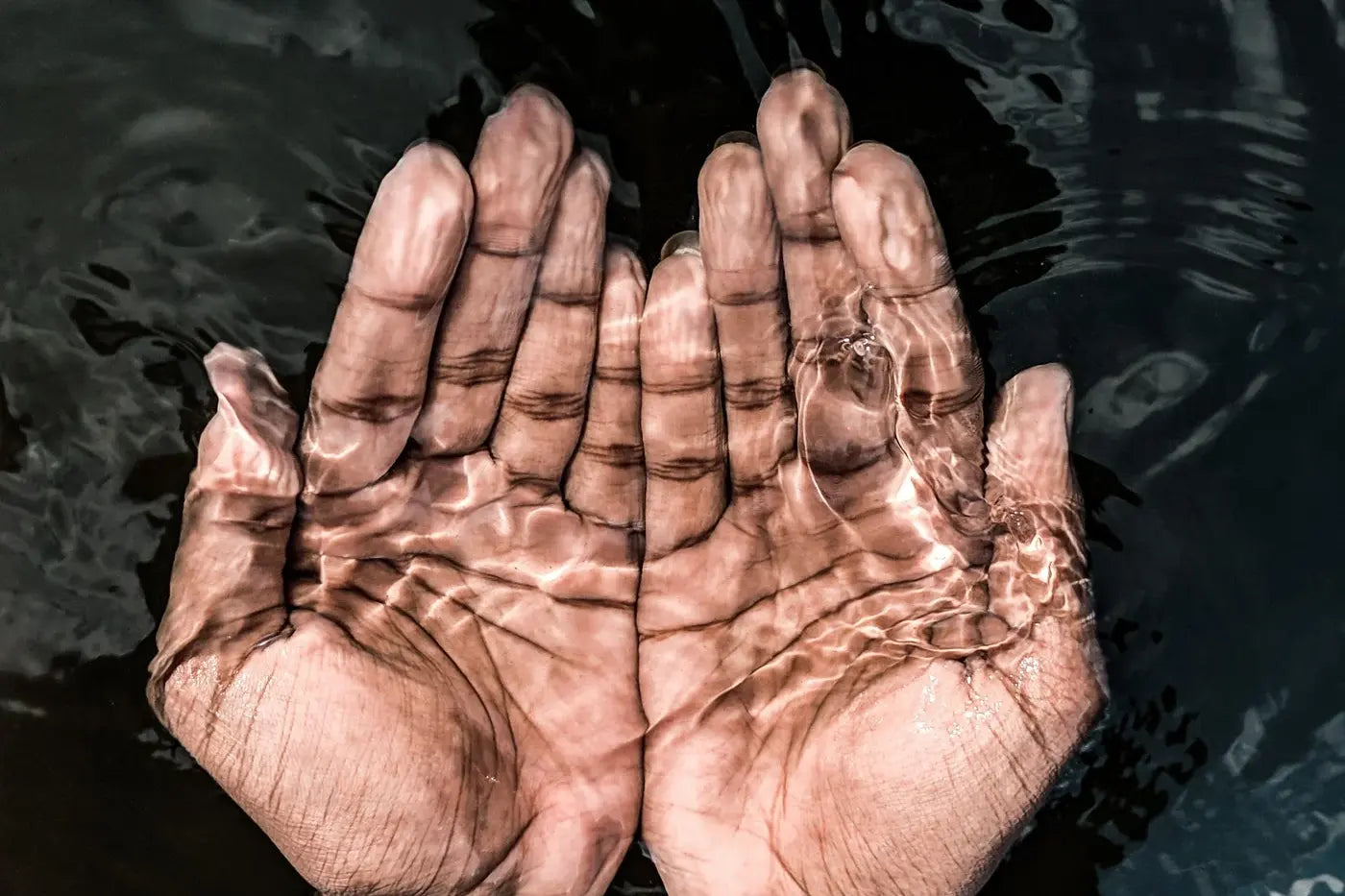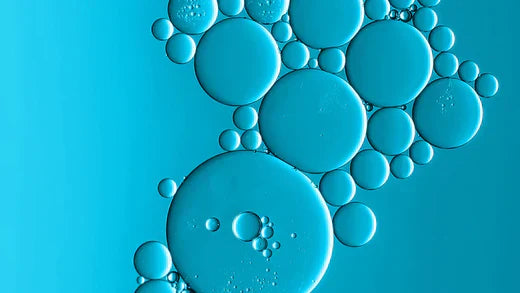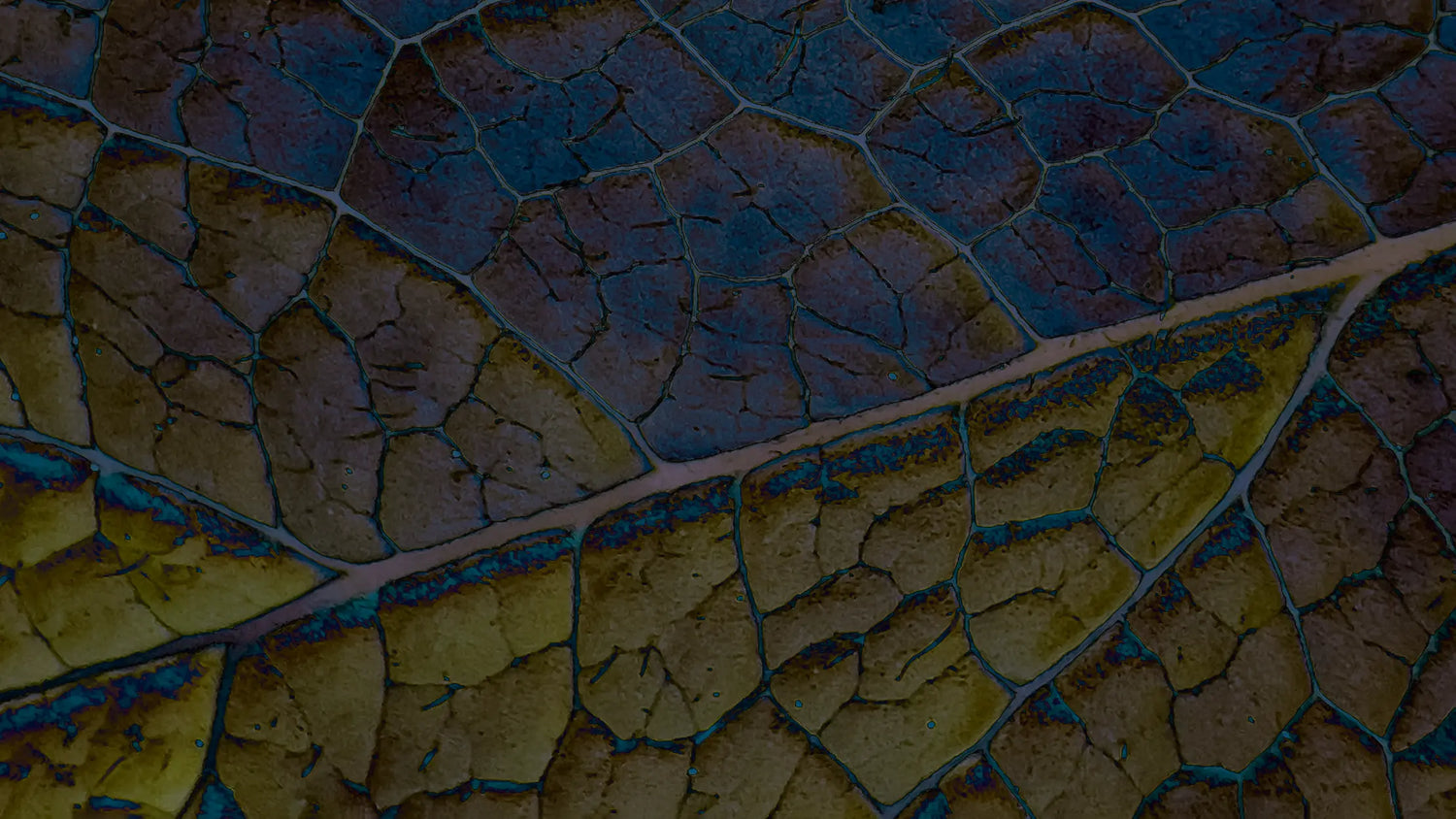What cosmetics did the Greeks, Romans and Germanic tribes use?
Cosmetic products have been an important part of many people in the world since ancient times. Today they are an integral part of our daily care and beauty routine and also ensure that we don't get sick. However, cosmetics were not always intended for all citizens. In recent centuries, perfumes, make-up and creams were exclusively intended for the authorities. At that time, cosmetics were pure luxury and were intended to strengthen the self-confidence of nobles and kings. It was not until the 19th century that cosmetic products were produced for the masses. Since then, cosmetics are no longer a privilege and are accessible to (almost) everyone in the world. Personal care primarily affects health and youth. This is how cosmetics were developed for oily hair, pimples and the smell of sweat. A better feeling of well-being and self-perception are the positive effects of care products. But what did personal hygiene look like in the last centuries? What was hygiene like in the Middle Ages and what bath additives were used there? – Let’s take a look at that in this article!
Body care and its history | What was taken into account in the cosmetics?
Cosmetics and personal care played sometimes an important and sometimes a somewhat subordinate role for the Germanic peoples, Egyptians and Romans. Each of these cultures had their own unique way of caring for their bodies. Personal hygiene was an expression of one's own culture and personality and in each case had its own peculiarities.
Body hygiene in ancient Egypt
The Egyptians are among the oldest peoples on this planet. They lived from 3,000 to 300 BC. BC and had a very high level of culture. People wore beautiful clothes and unique hairstyles, which could only be achieved with good cosmetics and personal care. The Egyptian man at this time wore short hair to the point of baldness. Wigs made of wool and leather or felt caps were used for this. Even women wore wigs to complement their own hair. Headbands made of lotus flowers and balsam cones were also worn. As far as hair colors are concerned, they were limited to black. In some cases, red henna was also incorporated. In addition to braiding, curly hanging curls were also very popular with the ancient Egyptians. The cosmetics of that time included clay curlers.
The people of ancient Egypt loved getting massages and taking baths with scented oils as bath additives ! Perfumed ointments and creams were used for further care after bathing applied to the skin. When it came to cosmetics, yellow-painted faces were completely popular. In addition, the eye shape was highlighted with black eyeliner and the eyelids in green. It was also considered a beauty ideal to have one's lips redone and to dye one's palms and fingernails with red henna. When it comes to personal care and cosmetics, the people of Ancient Egypt left nothing to chance!
Body hygiene in ancient Greece
The Greeks, thanks to them we can enjoy mathematics, democracy and many other things today! In addition to these achievements, they created the foundations for Western culture. From 1,500 to 150 BC In the 4th century BC, the ancient Greeks were the masters of a very large country and therefore of a very large number of people. Architecture, poetry and science were rarely celebrated more in the world than here. This shows a high level of culture. For the ancient Greeks, the measure of all things was man himself. Harmony and a well-groomed mind and body were therefore always strived for. Sport, attractive clothing, stylish hairstyles as well as cosmetics and personal care were very important. In terms of clothing, they wore:
Scholars and poets with long hair and beards
- Soldiers and athletes have short/curly hair and a shaved face
- Fashion icons half-long/wavy hair (men were also clean-shaven)
- Women wore wavy hair with a headband and long, loose hair
Women's hair was also often held in place with clips, nets and ribbons. All these decorative clothes and hairstyles therefore require good personal care. Extensive baths with soothing bath additives were the order of the day here. This is exactly why the ancient Greeks built dozens of bathhouses so that they could have a washed and healthy people. Relaxing massages with healthy oils and gymnastics for a clean body and mind were also very important. No savings were made on cosmetics either. Faces with snow-white make-up were particularly fashionable. White lead make-up was used for this. Today we know that it is poisonous! Nevertheless, the lips were emphasized with Menning red and the body was sprayed with scents made from natural essences for a good feeling of self-esteem and well-being.
Personal hygiene in ancient Rome
From 500 B.C. From 500 BC to 500 AD most of Europe belonged to the Romans. The cultural achievements of the Greeks were simply adopted by Rome. Luxury, a lavish lifestyle coupled with strong self-confidence characterized this time. For men, a full hairstyle and a trimmed beard were popular. Knotted hairstyles and nets were celebrated for women. But curly hairstyles, snake curls and braided hairstyles were also worn by femininity. Tiaras and dyed blonde hair were worn by women who could afford it. Like the Egyptians and Greeks, the ancient Romans loved to bathe! The milk of donkeys and goats was used as a bath additive . These should make the skin nice and soft and supple. Massages, ointments and sweat baths should cleanse the body and ensure a good sense of well-being. The epilator (slave) was responsible for removing annoying head and facial hair. When it comes to cosmetics and cosmetic products, dozens of recipes have been handed down. This particularly applies to facial care! ( Also read: Which bath additive helps against pimples? ) Fruits, oils and honey were also used as bath additives. Lip make-up and powder were applied by both women and men.
Body hygiene in the Middle Ages (Romanesque – Gothic – Germanic)
When we think of the Middle Ages, we primarily think of noble knights and pretty damsels! Personal hygiene in the Middle Ages, however, was constantly changing and was sometimes important and sometimes less so. Every era and time had its own peculiarities. During the Romanesque period, men wore short-cropped hair and a shaved face. But half-long hair was also worn. Slightly wavy or curly hairstyles in the shape of a pageboy were worn by male nobility around the 11th century. For women, the choice was between open hair, a veil or hair with a cap. Married women braided their hair, into which colorful ribbons and sometimes flowers were incorporated. Braids were also not uncommon. The barber was responsible for personal hygiene at this time. This took care of nail and wound care, beard and head hairstyles as well as oral hygiene (tooth extraction, etc.).
In the Gothic period, people were strongly religious. In the period between 1250 and 1450 AD the style for men was much the same as in the Romanesque period. For women, however, the role of hairstyle took a back seat. Girls had long, wavy hair and braided hairstyles. Married women also wore fanciful hats as well as butterfly and turban hoods. Blonde and black hair were universally accepted and worn. Red hair was outlawed because women with this hair color could only be witches (witch hunt). Public bathing rooms for personal hygiene did not have a good reputation in the medieval Gothic period. Many of these bathing establishments were closed due to illness and bad bathing habits. Barbers were now responsible for shaving, making wigs and cutting hair. Baders treated wounds and teeth as well as washing the body. Poor people and farmers had to take care of their own personal hygiene.
From 1600 B.C. Between 800 BC and 800 AD, Germanic men and women wore different hairstyles. The Germanic people were not a closed people. It was more of a unification when it came to battle against the Romans. Only then did the many small peoples (Franks, Alemanni, etc.) come together to defeat their arch-enemy Rome. The Germanic tribes lived in what is now Germany, Austria, Switzerland, the Netherlands and part of Poland and France. When it comes to personal care and cosmetics, a lot was different compared to today. The free man wore long hair. Slaves and criminals, on the other hand, were shaved bald. Tribal hairstyles include floating buns, ponytails and braids. In the Bronze Age, men did not wear beards. Whereas in the Ice Age, a beard was mandatory simply for the warming aspect. Women in the Bronze Age wore hanging braids and clip-ons. “Women” wore loose, falling hair and a middle part in the Ice Age. Personal care and cosmetics in the Middle Ages of the Germanic peoples were rather plain and simple. Bathing was in cold baths. The only bath additive used was hard soap. A typical cosmetic product was wool fat from sheep, which was applied to the skin. Ear spoons were used to clean the ears. Decorative cosmetics, as was the case with all other peoples (make-up, lipsticks, etc.) were overrated by the Germanic peoples. This type of cosmetic was not understood here and was therefore not used.
Personal care through the ages | However, the bathroom was always mandatory!
How people washed themselves depended entirely on the time, religion, marital status and social position. What is striking, however, is that the bathroom played a key role in every culture. A wide variety of herbs, oils and natural products were used as bath additives . When it comes to cosmetics and personal care, however, it is striking that the Greeks, Romans and Egyptians did much more than was the case in the Middle Ages and the Germanic peoples. To ensure a well-groomed, self-confident and healthy appearance, we now shower every day. Baths are taken for relaxation and intensive cleansing. So that you can really relax during your next bathing experience, you will find a variety of bath additives, oils and soaps in our shop. Take a browse and let yourself be inspired!





